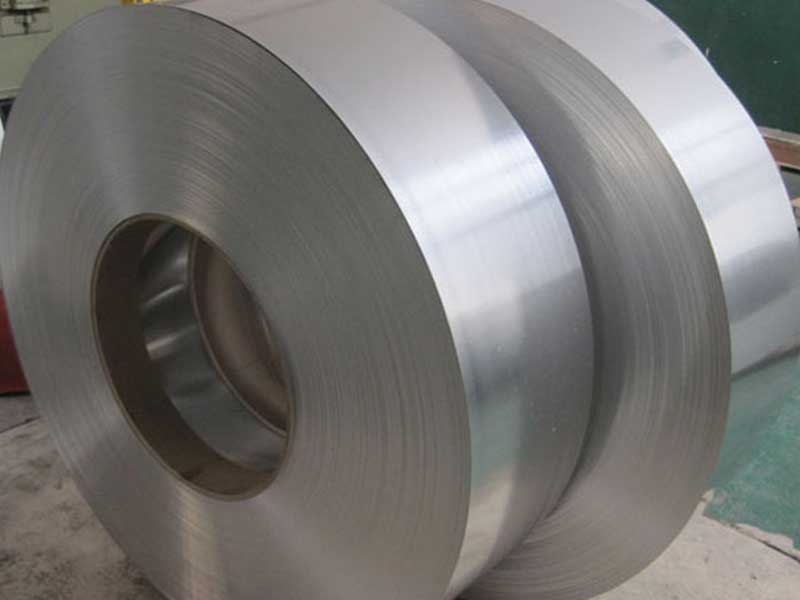Aluminum Strips For (1050 1060
Aluminum strips have garnered significant attention in various industries due to their lightweight properties, corrosion resistance, and high thermal conductivity. Within the broad category of aluminum strips, Alloy grades 1050 and 1060 stand out for their unique features and diverse applications. In this article, we will explore the specific attributes of 1050 and 1060 aluminum strips and how they cater to the needs of multiple sectors.
Features of Aluminum Strips 1050 and 1060
1. High Purity and Excellent Electrical Conductivity
Both 1050 and 1060 aluminum strips exhibit high purity levels, making them exceptional conductors of electricity. 1050 aluminum strips contain a minimum of 99.5% aluminum content, while the 1060 grade contains at least 99.6% aluminum content. This high purity ensures maximum conductivity, which makes these materials ideal for electrical applications such as wiring and cable manufacturing.
2. Outstanding Corrosion Resistance
Aluminum strips are naturally resistant to corrosion and oxidation, thanks to the formation of a thin protective oxide layer when exposed to atmospheric conditions. The corrosion resistance of grades 1050 and 1060 is particularly beneficial for applications in environments that involve exposure to moisture and chemicals. This ensures durability and longevity, vital for products used in harsh conditions.
3. Formability and Ductility
The ability to be easily formed or shaped is crucial in manufacturing processes. Aluminum grade 1050 and 1060 strips have superior formability and ductility, allowing them to be produced in various sizes and thicknesses. This property enables manufacturers to fabricate complex shapes and assemblies, making these strips versatile when it comes to design requirements.
4. Lightweight Yet Strong
One of the primary advantages of aluminum strips is their lightweight nature, which is pivotal in industries that aim to reduce the overall weight of their products. Even with their low weight, 1050 and 1060 aluminum strips maintain a robust structure, especially advantageous in the automotive industry, where fuel efficiency and weight reduction are paramount.
Applications of Aluminum Strips 1050 and 1060
1. Electrical Applications
Given their excellent electrical conductivity, 1050 and 1060 aluminum strips are widely utilized in the electrical industry. They are commonly used for electrical connectors, conductors, wires, and other components that require conductive materials for efficient energy transmission.
2. Reflective Materials
The high light reflectivity of aluminum strips also makes them suitable for reflective materials in lighting applications. Light fixtures, grow lights, and solar panels often employ these strips to enhance efficiency by maximizing light distribution.
3. Heat Exchange Systems
The high thermal conductivity inherent in aluminum grades 1050 and 1060 allows them to be effectively used in heat exchange systems. These strips can be fabricated into heat sinks and radiators, crucial in demanding applications like HVAC systems and automotive cooling.
4. Building and Construction
In the construction sector, aluminum strips are utilized for cladding, roofing, and framing. Their lightweight properties coupled with high strength make them favorites for modern architectural designs, particularly where aesthetics and functional performance are essential.
5. Packaging Industry
The pressure-tight feature of aluminum, coupled with its barrier properties, makes aluminum strips a popular choice in the packaging industry. They are used in the making of foil and other containers that safeguard food items and pharmaceuticals while emphasizing sustainability.
https://www.al-alloy.com/a/aluminum-strips-for-1050-1060.html



